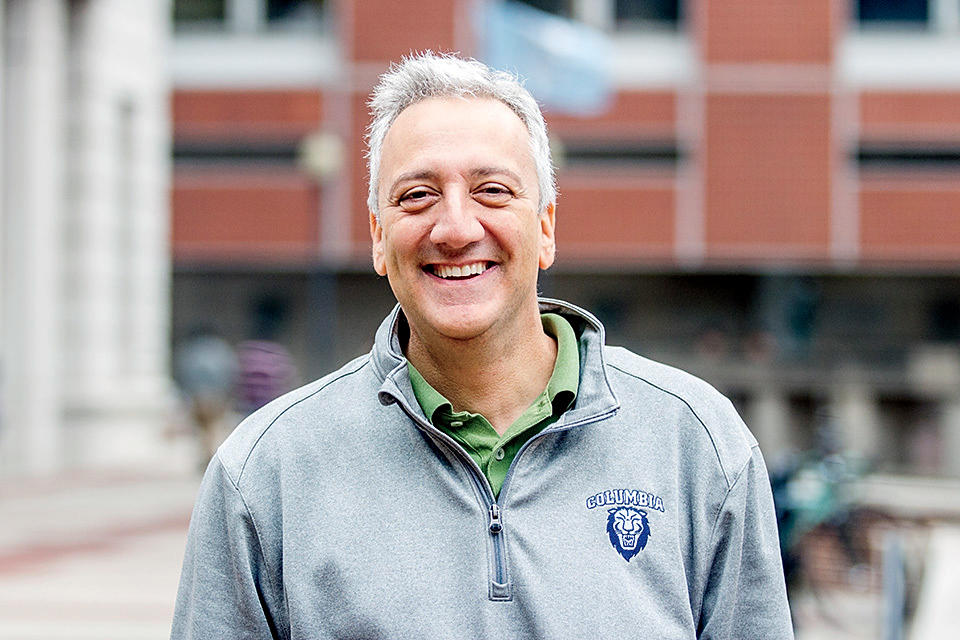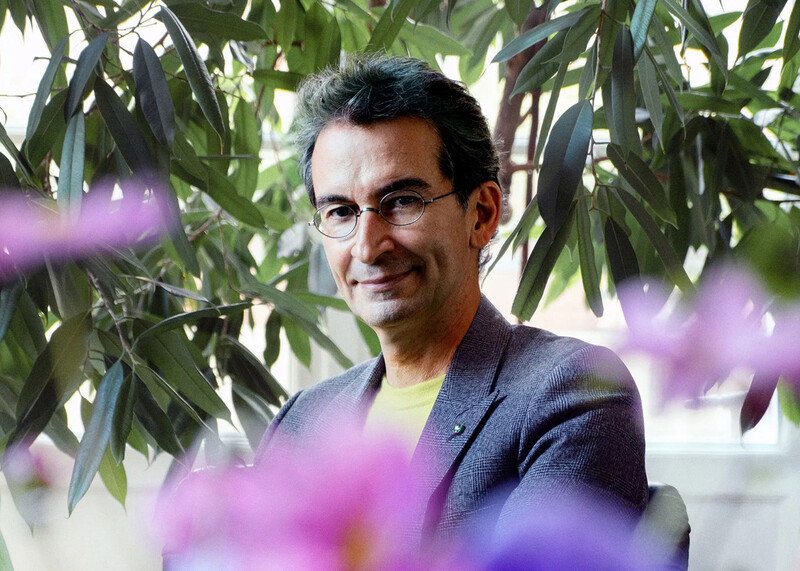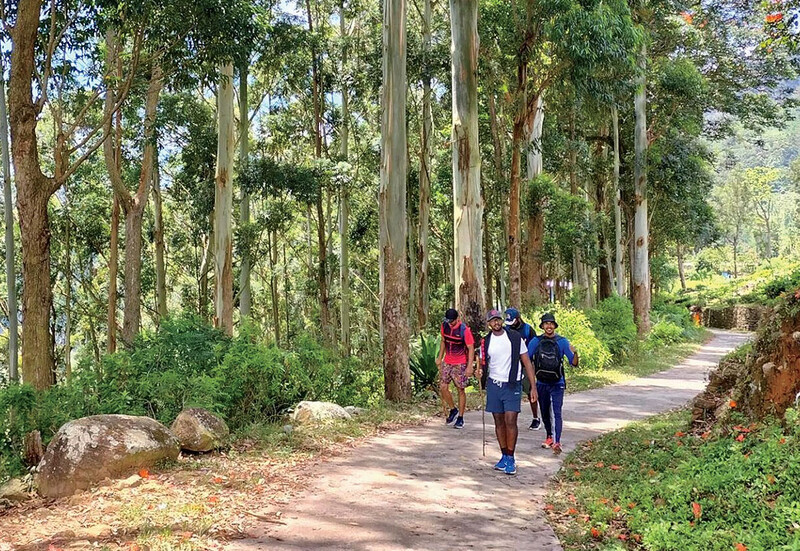The career of an astronaut comes with high highs and low lows. For Mike Massimino ’84SEAS, a professor of engineering at Columbia, some of the former came when he flew to fix the Hubble Space Telescope. Some of the latter came when he was an engineering student, struggling with difficult coursework.
In 2014, Massimino, a retired NASA astronaut, joined the faculty of the Fu Foundation School of Engineering and Applied Science, where he met “talented students with big dreams.” Knowing the price of those dreams — like surviving that mind-melting class in electromagnetics — he reflected on ways to keep students inspired.
“I was at a 9/11 charity event and I met Gerry Cooney, the former heavyweight boxer,” Massimino says, by way of illustration. “Cooney said to me, ‘What was it like to fly in space?’ And I said, ‘Never mind that: what was it like to get hit by George Foreman?’ And he said, ‘Mike, I loved every minute of it.’ Another time, I watched a movie about Navy SEALs doing all these dangerous things. The next day I saw a SEAL friend in the gym. I said, ‘Did you like doing that stuff? Are you out of your mind?’ And he said, ‘Did you like space walking?’ I said, ‘Yeah.’ He said, ‘Are you out of your mind?’
“The point is, people don’t do these things for the money. They do it for love.”
Love. For Massimino, it’s the common thread among people he knows who lead what he calls “extraordinary lives” — athletes, rock stars, race-car drivers. It seems so simple, until you realize that few people labor by such pure light.
“If you’re a test pilot, you have to really love flying airplanes,” Massimino says. “That’s why kids get interested in engineering or science: something clicks — maybe it’s a teacher, or a show on TV — and they’re hooked.
“But engineering isn’t necessarily a fun field of study. It can be devastating when you start taking these classes and get your butt kicked. It happened to me: I was a junior, majoring in industrial engineering, and I thought, ‘What am I doing?’ It’s tough. But if you stick it out, you get a very valuable education, and a ticket to do really cool things.” Like perform thirty hours of space walks and become the first person to tweet from space.
Last spring, Mary Boyce, dean of SEAS, approached Massimino with the idea to start Extreme Engineering, a series of talks and videos introducing students to high-flying people who show what can happen if you keep the light burning through the withering gusts of your thermodynamics class. “It’s a way to keep students excited about what they might do in the future,” Massimino says.
So far, Extreme Engineering has featured a discussion on the movie The Martian, which included the screenwriter, the producer, and NASA’s chief of robotics; a visit from Alfred Scott McLaren, a former submarine captain and polar explorer; and a chat with Scott Altman, a pilot and astronaut who flew stunt scenes in Top Gun. Moved by these talks, a dozen of Massimino’s students formed the Columbia Space Initiative, made up of students and professors dedicated to space research. The group has already applied for NASA grants. “They’re a ball of fire,” Massimino says.
Massimino, who went to Hubble on the space shuttle Columbia in 2002 and on Atlantis in 2009, thinks engineering students in all fields have good reason to be excited. Take aerospace: in the 1960s, he says, “astronauts were celebrities. They were invited on JFK’s boat. If you wanted to go to space, you had to become Neil Armstrong.” Today, however, space-travel companies like Virgin Galactic and SpaceX are creating new opportunities for engineers. “You can be an entrepreneur, or even come up with your own spaceship design.”
In other words, the sky is no longer the limit. And Massimino knows what’s on the other side of that rump-bruising course in logistics.
“My space walk,” he says, “is the highlight of my life.”



